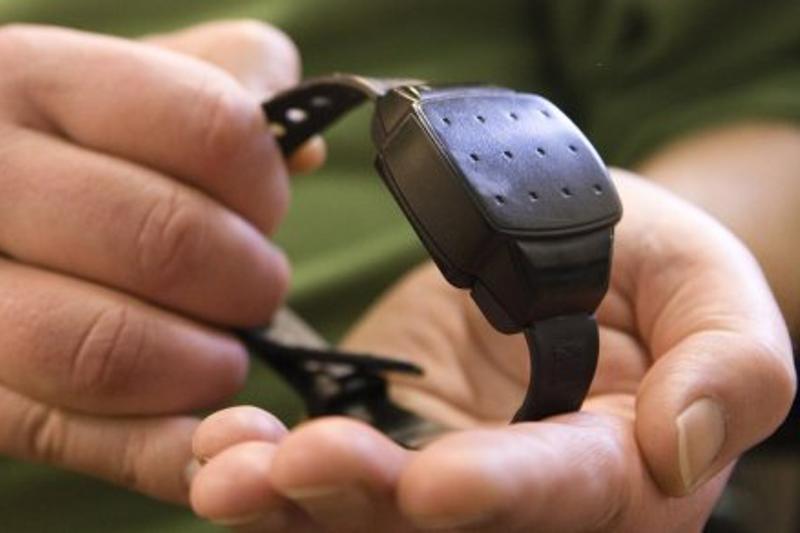ASTANA – A pilot project using convict electronic bracelets developed and produced in Kazakhstan has been successfully completed. As a result, the government is planning wider use.
The bracelets, a means of tracking individuals under suspended sentence with liberty restraints, were created by aerospace committee scientists and engineers at the Institute of Space Techniques and Technology. The pilot project, based on developments by experts in satellite navigation, was implemented through the criminal-executive system department probation services in Almaty and Almaty region, reported the Kazkosmos press service.
Electronic bracelets serve as homing devices required for convicts under house arrest or parole. The device sends a radio frequency signal containing location and other information to a monitoring centre. Police are informed if the person moves outside an allowed range.
The bracelets were tested on 15 volunteers convicted for various types of crimes and sentenced to restraint by court decision. The Almaty and Taldykorgan penitentiary system departments established special monitoring centres. Trained dispatchers remotely monitored the convicts’ locations on an electronic map, recording all violations of court-imposed restrictions.
Based on the project results, the Kazakh-developed electronic bracelets allow for continuous monitoring of controlled individuals, according to penitentiary committee staff. The bracelets provide remote identification and automated data collection to process the individuals’ compliance with restricted movement.
The project heads noted the domestic bracelets ensure information security, as those manufactured abroad can have the possibility of information leakage and remote system shutdown. The budget funds spent for their purchase also remain in Kazakhstan, create new jobs and stimulate the development of local technology.
Electronic monitoring was invented by a small group of scholars at Harvard University in the 1960s. It was used for the first time in Albuquerque, New Mexico (U.S.) in 1983.



